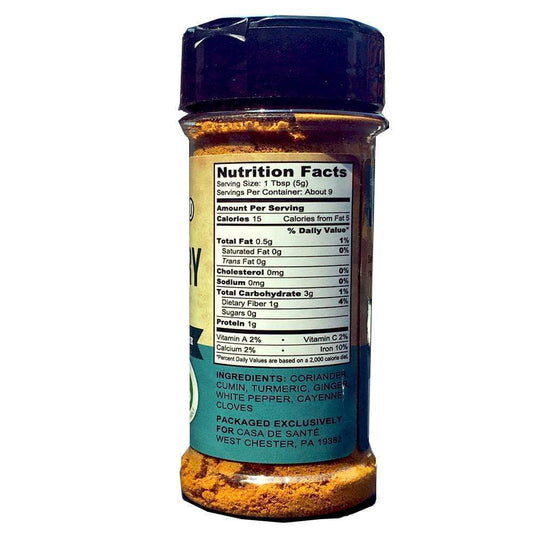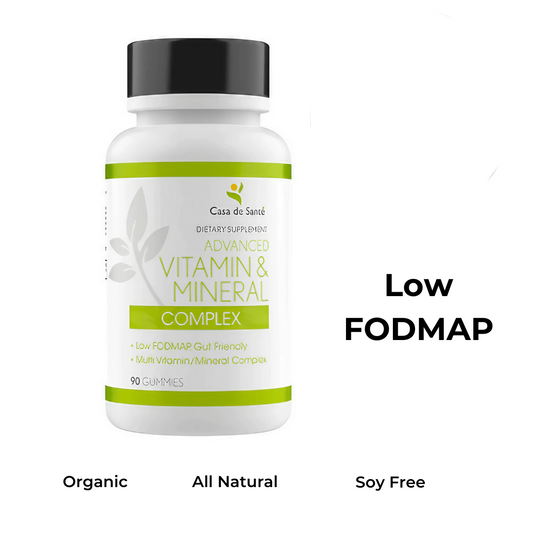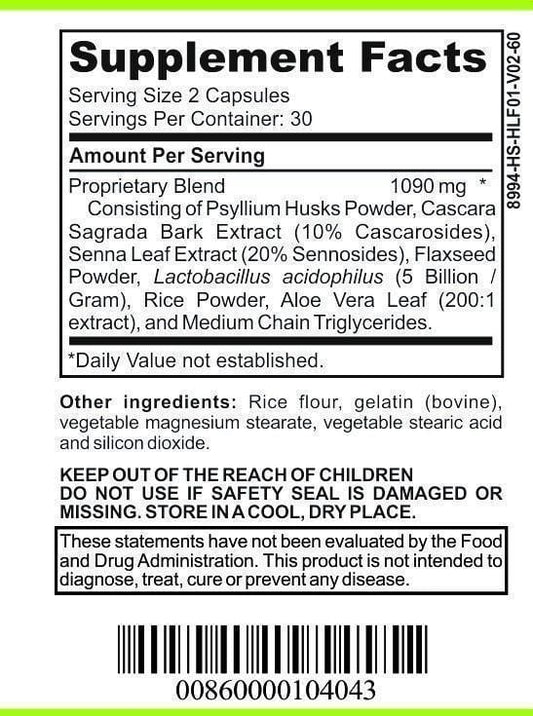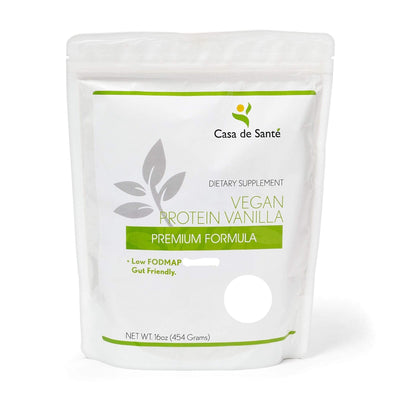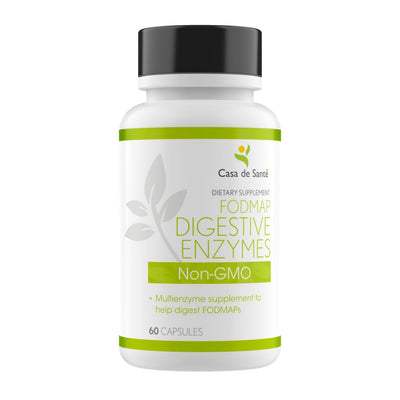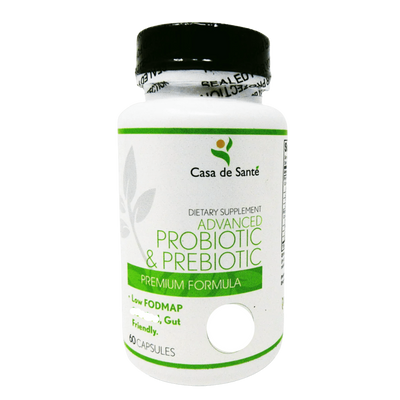Is Cassava Syrup Paleo
Is Cassava Syrup Paleo
The Paleo diet, also known as the Caveman diet, has gained popularity in recent years. Its core principle is to mimic the eating habits of our ancestors from the Paleolithic era. Proponents of this diet argue that it helps improve overall health by eliminating processed foods and focusing on whole, nutrient-dense foods. However, when it comes to certain food products like cassava syrup, there is some debate regarding its compatibility with the Paleo diet.
Understanding the Paleo Diet
Before delving into the question of whether cassava syrup is Paleo or not, let's first understand the basic principles of the Paleo diet.
The Paleo diet, also known as the "caveman diet" or "Stone Age diet," is based on the idea of eating foods similar to those available to our hunter-gatherer ancestors. The philosophy behind this diet is that our bodies are genetically adapted to the foods our ancestors consumed, and by mimicking their diet, we can optimize our health and well-being.
The Paleo diet emphasizes consuming whole foods and avoids processed foods that have become staples of the modern diet. It focuses on nutrient-dense foods that provide a wide range of vitamins, minerals, and antioxidants.
Principles of the Paleo Diet
The Paleo diet involves eating a variety of whole foods, including:
- Lean meats: Grass-fed beef, free-range poultry, and wild-caught fish are excellent sources of protein and healthy fats.
- Fruits and vegetables: These provide essential vitamins, minerals, and fiber. The Paleo diet encourages consuming a wide variety of colorful fruits and vegetables to ensure a diverse nutrient intake.
- Nuts and seeds: These are rich in healthy fats, fiber, and various micronutrients. Almonds, walnuts, chia seeds, and flaxseeds are popular choices among Paleo enthusiasts.
- Eggs: Eggs are a nutrient-dense food that provides high-quality protein, vitamins, and minerals. They are a versatile ingredient that can be incorporated into various Paleo recipes.
- Healthy fats: Avocado, coconut oil, and olive oil are commonly used in the Paleo diet due to their high content of monounsaturated and polyunsaturated fats.
On the other hand, the Paleo diet excludes certain foods that were not available to our ancestors:
- Grains: Wheat, rice, oats, and other grains are avoided because they contain anti-nutrients such as gluten and lectins, which can cause inflammation and digestive issues in some individuals.
- Legumes: Beans, lentils, and peanuts are excluded due to their high content of phytic acid and lectins, which can impair nutrient absorption and cause digestive problems.
- Dairy: Milk, cheese, and other dairy products are not considered Paleo-friendly. The rationale behind this exclusion is that our ancestors did not consume dairy after infancy, and lactose intolerance is common among adults.
- Refined sugars: Processed sugars, such as table sugar, high-fructose corn syrup, and artificial sweeteners, are avoided due to their negative impact on blood sugar levels and overall health.
- Processed foods: Packaged snacks, fast food, and other processed foods are not part of the Paleo diet. These foods often contain additives, preservatives, and unhealthy fats that are detrimental to health.
Common Foods in the Paleo Diet
While the Paleo diet restricts certain food groups, there is still a wide variety of delicious and nutritious foods to enjoy:
Animal proteins play a central role in the Paleo diet. Grass-fed beef, free-range poultry, and wild-caught fish are excellent sources of protein, essential amino acids, and omega-3 fatty acids. These proteins are not only satisfying but also contribute to muscle growth, tissue repair, and overall health.
Fruits and vegetables are highly encouraged in the Paleo diet. They provide essential vitamins, minerals, antioxidants, and fiber. Leafy greens, berries, citrus fruits, and cruciferous vegetables are particularly nutrient-dense and offer numerous health benefits.
Nuts and seeds are also staples of the Paleo diet. They are rich in healthy fats, fiber, and various micronutrients. Almonds, walnuts, chia seeds, and flaxseeds are popular choices among Paleo enthusiasts. These can be enjoyed as snacks, added to salads, or used as ingredients in Paleo-friendly recipes.
The Paleo diet promotes the consumption of healthy fats. Avocado, coconut oil, and olive oil are commonly used in cooking and food preparation. These fats provide energy, support brain health, and help absorb fat-soluble vitamins.
By following the principles of the Paleo diet and incorporating a variety of whole foods, individuals can enjoy a balanced and nutrient-rich diet that supports overall health and well-being.
The Basics of Cassava Syrup
Now, let's explore what cassava syrup is and how it is made.
What is Cassava Syrup?
Cassava syrup is derived from the cassava plant, also known as yuca or manioc. It is a starchy root vegetable widely consumed in tropical regions. The syrup is made by extracting the juice from cassava roots and then heating it to reduce the water content, resulting in a sweet liquid.
Cassava, scientifically known as Manihot esculenta, is a perennial plant native to South America. It belongs to the spurge family, Euphorbiaceae. Cassava has been cultivated for centuries and is a staple food for millions of people around the world. It is highly valued for its versatility and ability to grow in poor soil conditions.
When cassava roots are harvested, they are typically covered in a thick, brown skin that needs to be removed before processing. This outer layer is peeled off, revealing the white flesh inside. The roots are then washed to remove any dirt or impurities, ensuring a clean and safe product.
How is Cassava Syrup Made?
To make cassava syrup, the cassava roots are first peeled and washed to remove any dirt or impurities. They are then grated or ground into a paste. This paste is then squeezed using a cloth or press to extract the juice. The juice is then heated and simmered until it thickens into a syrupy consistency.
The process of extracting cassava juice requires precision and careful handling. After the roots are grated or ground, the resulting paste is placed in a cloth or press. Pressure is applied to squeeze out the juice, leaving behind the fibrous pulp. This juice is collected and transferred to a heating vessel.
The heating process is crucial in transforming the cassava juice into syrup. The juice is heated over a controlled flame, allowing the water content to evaporate. As the liquid simmers, it gradually thickens, developing a rich and sweet flavor. The syrup is continuously stirred to prevent burning or sticking to the bottom of the vessel.
Once the desired consistency is achieved, the cassava syrup is carefully cooled and then packaged for distribution. It can be used as a natural sweetener in various culinary applications, such as baking, cooking, and beverages. The syrup's unique flavor profile adds depth and complexity to dishes, making it a popular choice among chefs and home cooks alike.
Nutritional Profile of Cassava Syrup
Before we can determine whether cassava syrup is Paleo, let's examine its nutritional composition.
Cassava syrup, derived from the cassava root, is a sweet and versatile ingredient that has gained popularity as a natural alternative to refined sugars. Not only does it add a delightful sweetness to various recipes, but it also offers a unique nutritional profile.
Nutrients in Cassava Syrup
Cassava syrup primarily consists of carbohydrates, predominantly in the form of simple sugars like glucose and fructose. These sugars provide a quick source of energy, making cassava syrup a suitable option for individuals needing an instant boost.
In addition to its carbohydrate content, cassava syrup also contains some dietary fiber. Fiber is essential for maintaining a healthy digestive system and promoting regular bowel movements. However, it is important to note that the refining process involved in producing cassava syrup may reduce its fiber content to some extent.
Furthermore, cassava syrup is naturally low in fat and protein. While it may not contribute significantly to your daily protein needs, it can be a valuable addition to a low-fat diet.
Health Benefits and Risks of Cassava Syrup
Cassava syrup offers a sweet alternative to refined sugars and can be used as a natural sweetener in certain recipes. Its unique flavor profile adds depth and richness to baked goods, beverages, and even savory dishes.
However, it is important to note that cassava syrup, like other sweeteners, should be consumed in moderation. While it can be a healthier option compared to refined sugars, excessive consumption may lead to blood sugar spikes and contribute to weight gain.
Additionally, individuals with diabetes or those following a low-carbohydrate diet should exercise caution when incorporating cassava syrup into their meals. It is always advisable to consult with a healthcare professional or a registered dietitian to determine the suitability of cassava syrup in your specific dietary needs.
In conclusion, cassava syrup offers a natural and flavorful alternative to refined sugars. Its nutritional composition, primarily consisting of carbohydrates and minimal fat and protein, makes it a versatile ingredient for various culinary creations. However, it is crucial to consume cassava syrup in moderation and consider individual dietary requirements to ensure optimal health benefits.
Cassava Syrup in the Context of the Paleo Diet
Now, let's examine whether cassava syrup aligns with the principles of the Paleo diet.
Arguments for Cassava Syrup Being Paleo
Some proponents argue that cassava syrup can be considered Paleo because it is derived from a natural source, the cassava plant. They argue that it is a better alternative to refined sugars, which are strictly avoided on the Paleo diet.
Arguments Against Cassava Syrup Being Paleo
On the other hand, critics of cassava syrup in the Paleo diet point out that it is a processed product. The refining process involved in making cassava syrup removes some of the fiber and other nutrients present in fresh cassava roots. This processing may raise concerns among those following a strict interpretation of the Paleo diet.
Expert Opinions on Cassava Syrup and the Paleo Diet
To shed more light on the topic, let's consider the perspectives of experts on cassava syrup and its compatibility with the Paleo diet.
Paleo Diet Advocates' Views on Cassava Syrup
Many proponents of the Paleo diet do allow cassava syrup in moderate amounts as a natural sweetener in certain Paleo-friendly recipes. They argue that it can be part of a well-rounded occasional treat while still generally adhering to the principles of the diet.
Nutritionists' Views on Cassava Syrup and the Paleo Diet
Nutritionists, on the other hand, generally recommend consuming whole, fresh foods and minimizing processed products, including cassava syrup. They suggest focusing on natural sources of sweetness, such as fruits, in a Paleo diet to ensure a more nutrient-dense approach.
In conclusion, whether cassava syrup is considered Paleo or not depends on individual interpretations of the diet's principles. While it is derived from a natural source, it undergoes processing, raising concerns for some strict adherents. As with any sweetener, it is crucial to consume cassava syrup in moderation and prioritize whole, unprocessed foods in a balanced diet.














